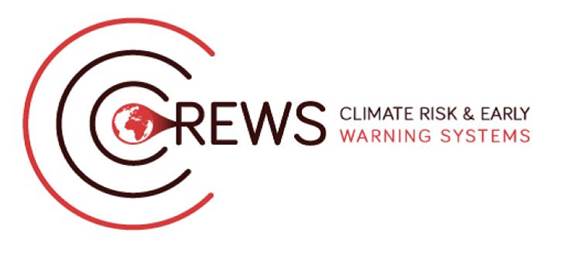Regional Innovation for Climate Resilience in South Asia
Through the South Asia Hydromet Forum, countries co-develop forecasts, share data, and strengthen early warning systems. A new virtual platform for hydromet informed Decision Support Systems (DSS) will connect national, regional and global stakeholders involved in Impact-based Forecasting (IBF), early warning systems and DSS in the region such as local and national government representatives, RIMES, ICIMOD, CREWS and EW4All implementing partners, etc. to exchange experience and lessons learnt from existing DSS. The virtual platform will explore the development of a blueprint for the establishment of integrated DSS and early warning systems, DSS software, database and related standards, mechanisms for feedback from users, etc. to bridge the gap between early warning service providers and end-users. The project also promotes private sector innovation through challenge calls and strengthens last-mile communication using people-centered, gender-responsive, and inclusive approaches. Together, these activities build a smarter, faster, and more unified response to climate hazards across South Asia.
